One of often encountered traits of a hacker is an ability to build devices into places where they don’t belong. Perhaps, [sonictimm]’s self-descriptive WiiinToaster was somewhat of an inevitability. Inspired by the legendary Nintoaster project which used a NES, this is a modern take on the concept, putting a Wii inside what used to be an ordinary bread-making kitchen appliance. [Sonictimm] has taken care to make it as functional while reusing the user interface options commonly found in a toaster, with some of the Wii’s connections routed to the original buttons and the lever. It’s compatible with everything that the Wii supports in its standard, non-toaster form – the only function that had to be sacrificed was the “making toast” part of it, but some would argue it’d be a bit counterproductive to leave in.
[Sonictimm] says it took five years from building the WiiinToaster to documenting it, which sounds about right for an average project. If you, like many, have a Wii laying around that you haven’t been using for years, building it into a toaster (or any other place a Wii shouldn’t be) is a decent weekend project. Perhaps, a spacier chassis will also help with the overheating problems plaguing some earlier Wii models. One thing we would not recommend, however, is building a toaster into a Wii case – unless you like to see your creations self-immolate, in which case, make sure to film it and grace our Tips line with a YouTube link. There’s also a challenge for the achievement-minded hackers out there – making a rebuild so daring, it gets a DMCA notice from Nintendo.
It wouldn’t be the first time we feature a Nintendo console reborn in a toaster’s shell, with NES and SNES projects coming to mind. If you’re interested in other directions of Wii rebuilds, perhaps you could make an Altoids-sized FrankenWii, or an unholy hybrid of three consoles. And if you do build a Switchster, or a ToaDSter (perhaps, best suited for a waffle iron), we’d love to take a look!
Continue reading “Wii Meets Its End In Breadcrumb Jail” →



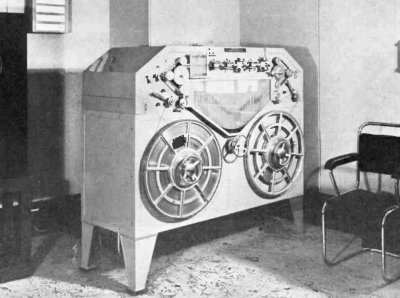
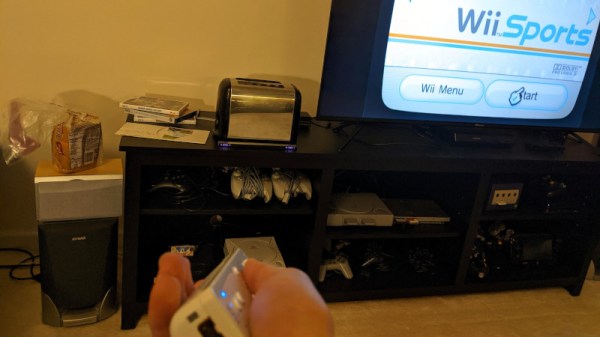
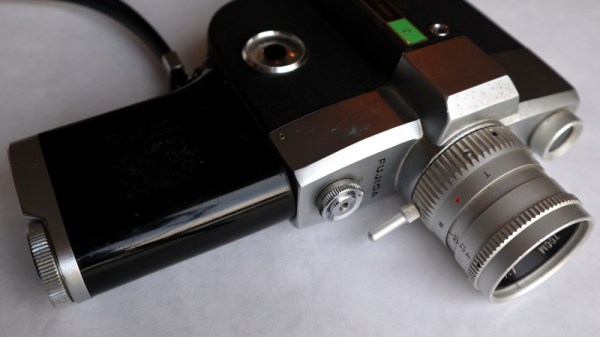
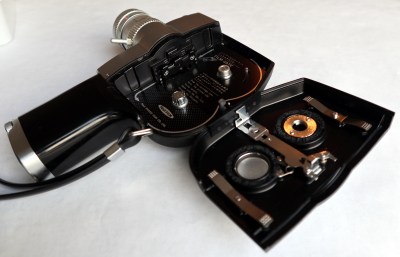
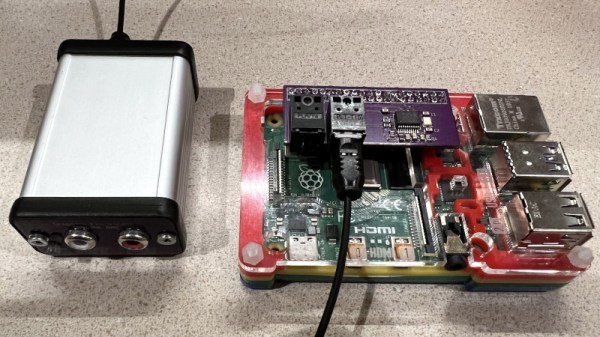

![The legendary Technics SL1200 direct-drive turntable, as used by countless DJs. Dydric [CC BY-SA 2.5)], via Wikimedia Commons.](https://hackaday.com/wp-content/uploads/2017/02/640px-technics_sl-1200mk2-2.jpg?w=400)










